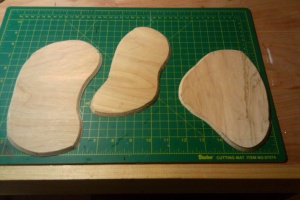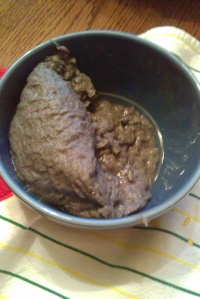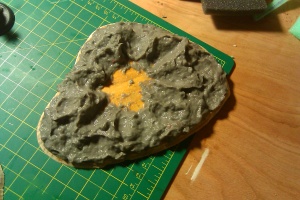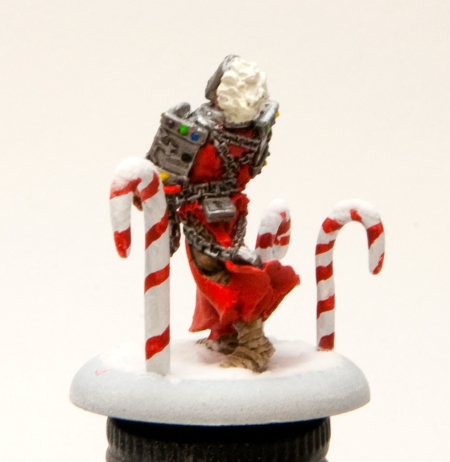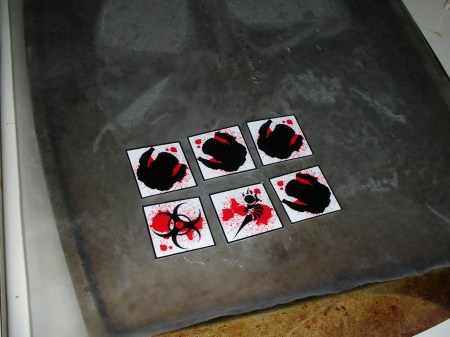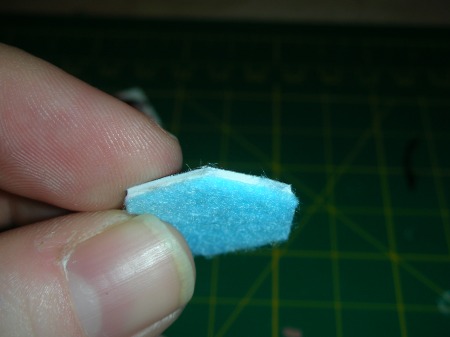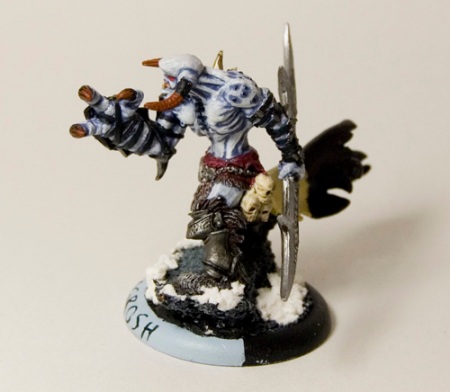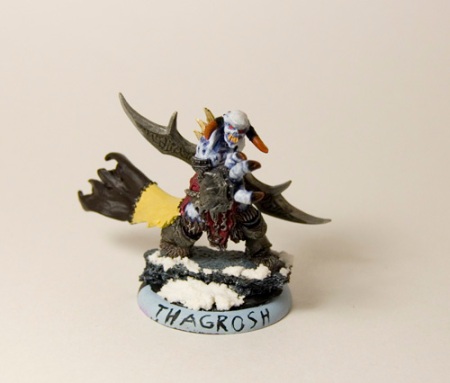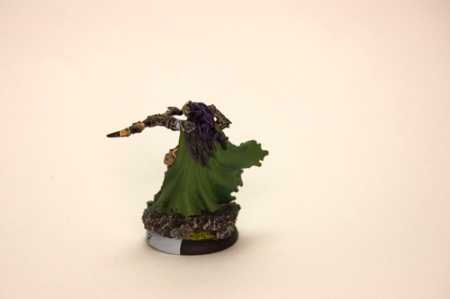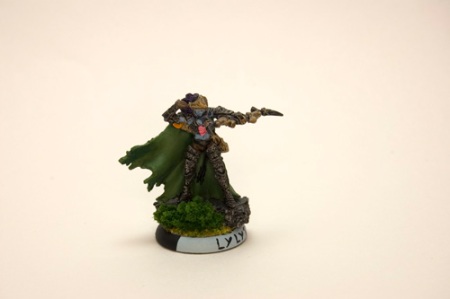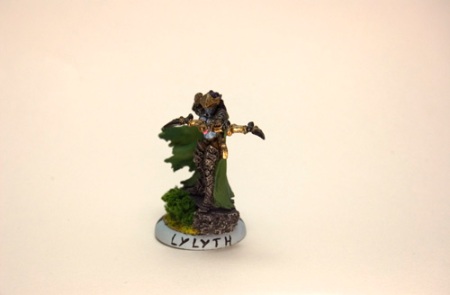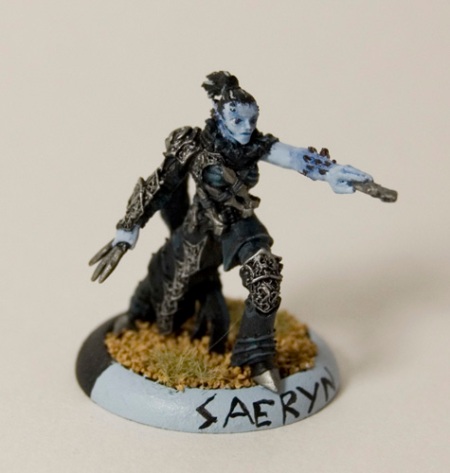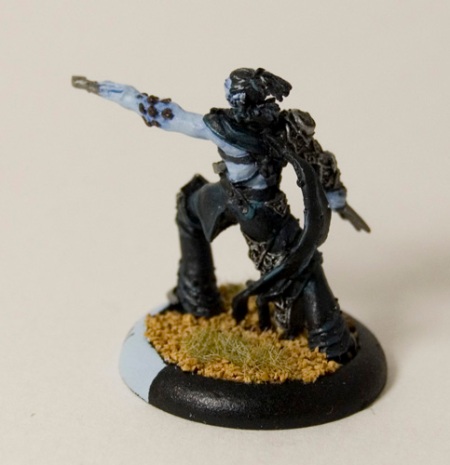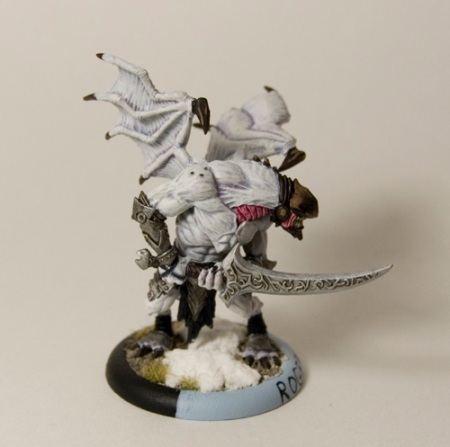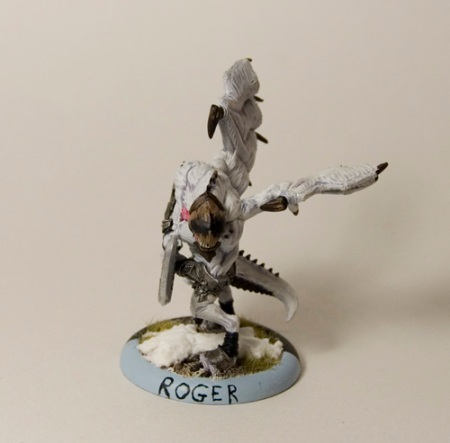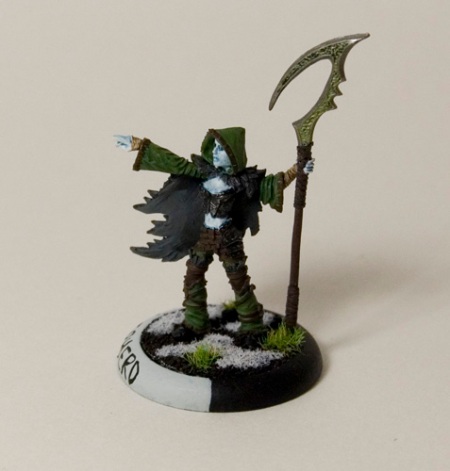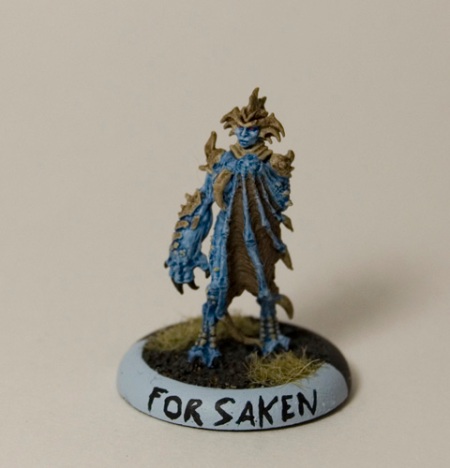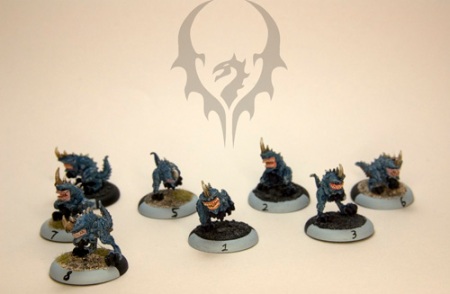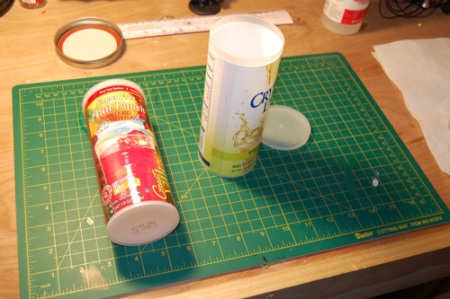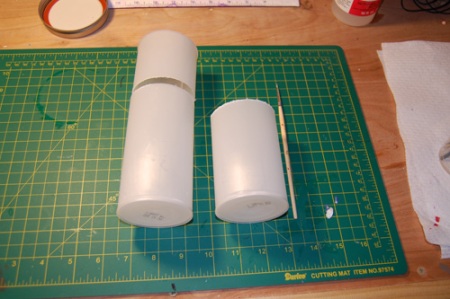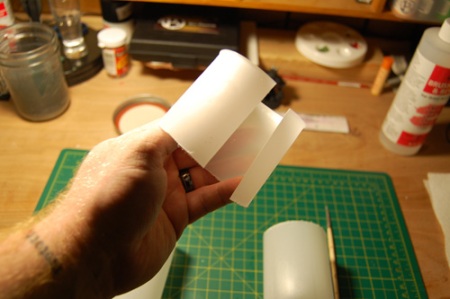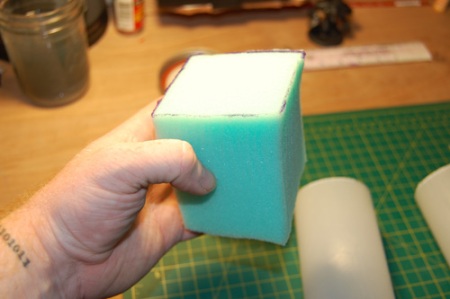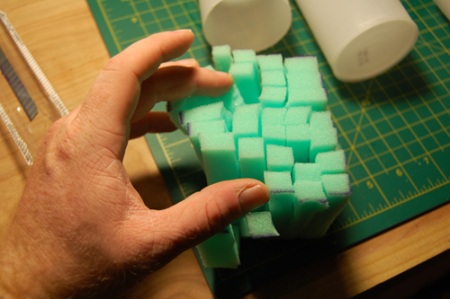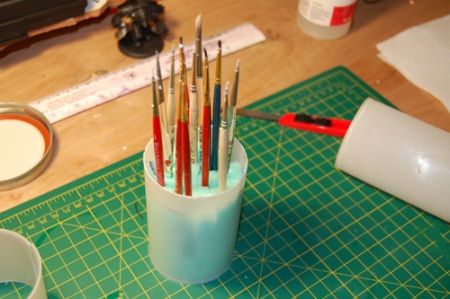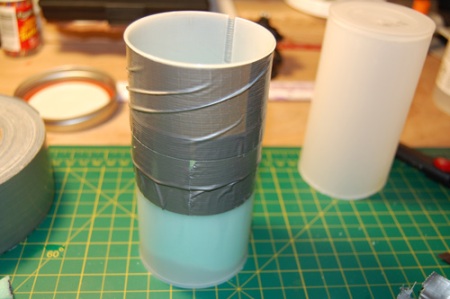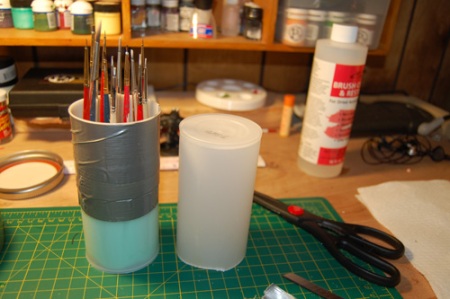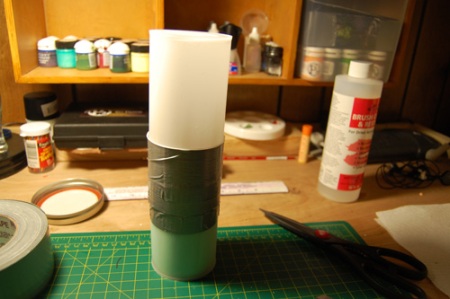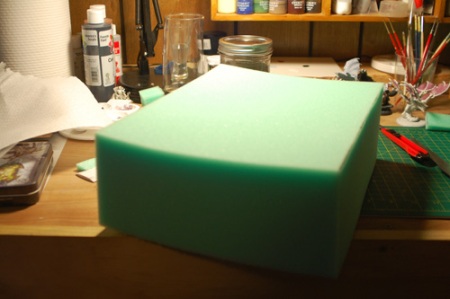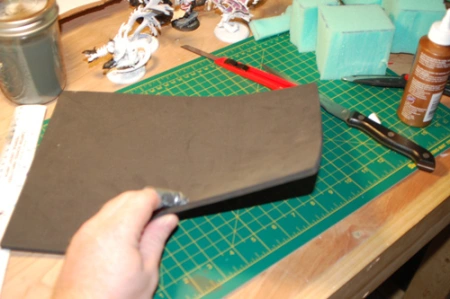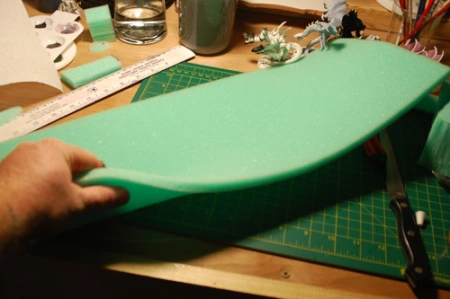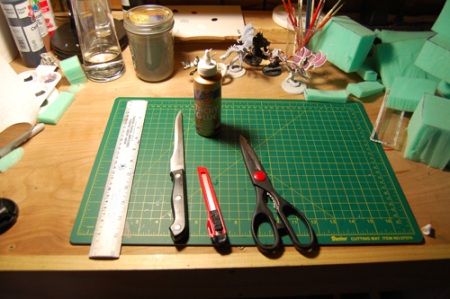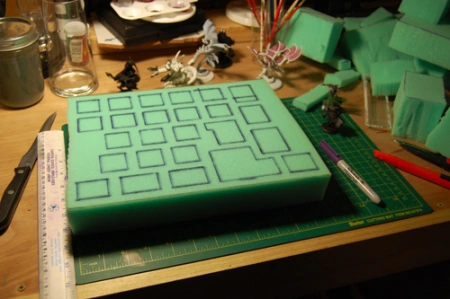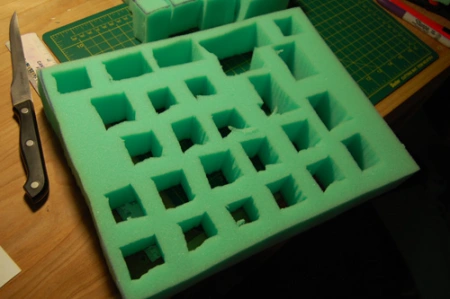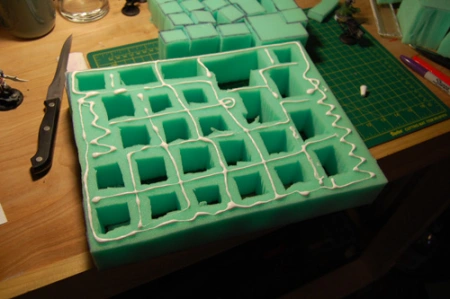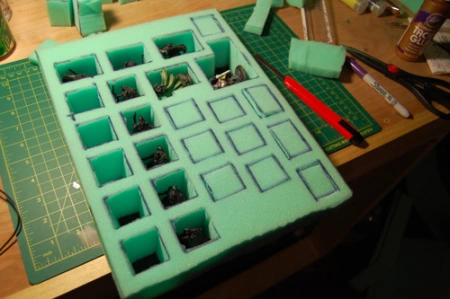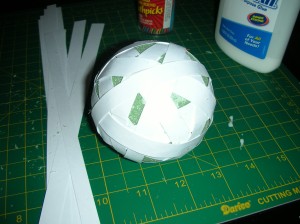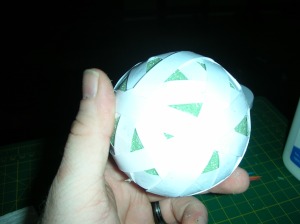(To jump straight to the “What I Learned” section, click here)
I have recently started wanting to play more games at home (babies will do that). Not wanting to spend $40-$60 on a play mat, I (being cheap) just bought a big piece of green felt. If you buy a sheet slightly larger than 4′ x 4′, you can fold over the edges and stitch them in place. It makes for a very nice mat (for felt anyway). Terrain, however, is a different story. I bought some felt for rivers, forests, roads, etc, but it just felt a little too cheap (strange coming from my mouth). So I set out to make some nice terrain that wouldn’t break my (very small) bank. After reading several tutorials around the web, especially http://www.terrainthralls.com/, I started making my plans.
My first step was to provide something very sturdy for my terrain to sit on. I had some MDF lying around from when my wife relayed our kitchen floor (I know, how lucky am I? I mean, having some extra board…oh, and the wife thing too). I set my jigsaw to cut at a 45 degree angle and set out to make some amorphous shapes. All pics are with my cell phone.
Once I sanded off any rough edges, it was time to build up some actual terrain for my terrain pieces. At this point, you have a ton of options. You can use clay, putty, rocks, foam core, or my choice paper mache. I chose paper mache because of its ease of use and relative cheapness. I had an egg carton in the fridge with only 1 egg in it (yoink!) and I have some Elmer’s glue (double yoink!) and I had everything I needed to make my mache. Recipes I found online told me to tear the egg carton into confetti (I only used the top half and had more than enough) and soak it in water over night (or a few hours). When I came back, the paper was like soggy Wheaties. I shredded it a bit more and then put it in the blender with more water (check with your wife first… learn from my mistakes). Only blend it for a few seconds. When I lifted the lid off, the mixture was so thin I thought I had obliterated the paper so bad that there was nothing left to make paper mache with. Luckily I waited a few minutes before dumping it. As the paper separated form the water, it became the perfect consistency. After straining it out, it looked something like this:
Notice the water in the bottom of the bowl? Be sure to strain it all out. The recipe told me to remove excess water, but of course I thought I knew better than the recipe. So now I am on day 2 waiting for this damn stuff to dry. Learn from my mistakes and squeeze out excess water. At this point, I mixed in a bunch of glue. I can’t tell you how much. Basically, I took the lid of the bottle and added some glue, then mixed it around. Repeat until consistency you desire. My general rule of thumb is “You can’t have too much glue.” I began adding the paste/pulp to my MDF and it built up really nicely.
The first piece I did was a “forest/natural” piece. I will later add a few trees and brush. You can see, I added a little hill and some nice natural curves.
Next was a trench piece. Mostly just a wall of “dirt” or maybe sandbags if I feel like sculpting more when this dries.
Finally, I wanted to make a blast crater. As you can see, the middle is rather bare and then blast “marks” are fanning out. The center of this will be painted black that fades into normal soil colors.
All three
After 2 days of waiting for it to dry, I got a little impatient and threw them into the oven. Set the temperature to 200, and then turned it off before putting the terrain in. I cooked them 3 times. Afterwards, the one piece was still a little wet, but oh well. I have noted 2 things that I will do better next time. The first is to definitely remove the excess water (am I stressing it enough?) and the second is to compact it more as I am sculpting it. I loosely put it on the board. The result of the above 2 things is that my mache terrain shrunk while drying and deformed a little. It is also a bit spongy now. Luckily, none of that is too bad and I can continue with this project. The next thing I did, when it was mostly dry, was to water down some Elmer’s glue and coat the entire terrain piece (board and all). Once coated, I sprinkled some kitty litter for rocks and sand for general texture. Let dry completely before continuing.
After everything dried, I put some paint down. I started with a base coat of black. This gives it some nice shadows. The next coat is a dry brushing of “Traditional Burnt Umber”. Drybrush very thickly, as it is a dark brown color to begin with. Next I did a light drybrushing of “Cinnamon Brown”. Finally, I did a very light drybrushing of “Amish Grey” on the smal stones only (All of the colors were from the cheap $1 bottles of Acrylic found at craft stores).
OK, after all of the paint dried it was time to add some static grass and call it done. For my trench, I wanted it to look like the earth was shoveled up, so there would be clumps of grass on the trench top itself.
For the crater, I tried to make the inside black, so it would look charred. I added some grass inside the crater and then brushed it black to look like burnt grass. In my opinion, it came out so-so. It is a technique I will have to work on to get better.
The last bit is my “woodland” piece. I have to be honest and say I don’t like this one at all, even though it started out as my favorite. It had unfavorable shrinking when it was drying, no direction, and a crazy amount of “over-grassing”. In the end, it just looks….eh to me.
All in all, I feel that this was a very successful first attempt at better terrain building (on the cheap). I will definitely be doing more projects to hone my skills and get more tutorials out there.
Later today (or tomorrow) I will be making a new blog post regarding what I learned during this process. Hopefully it will help me organize my notes and allow people to learn from my initial mistakes. Look for the link here when it is up.
